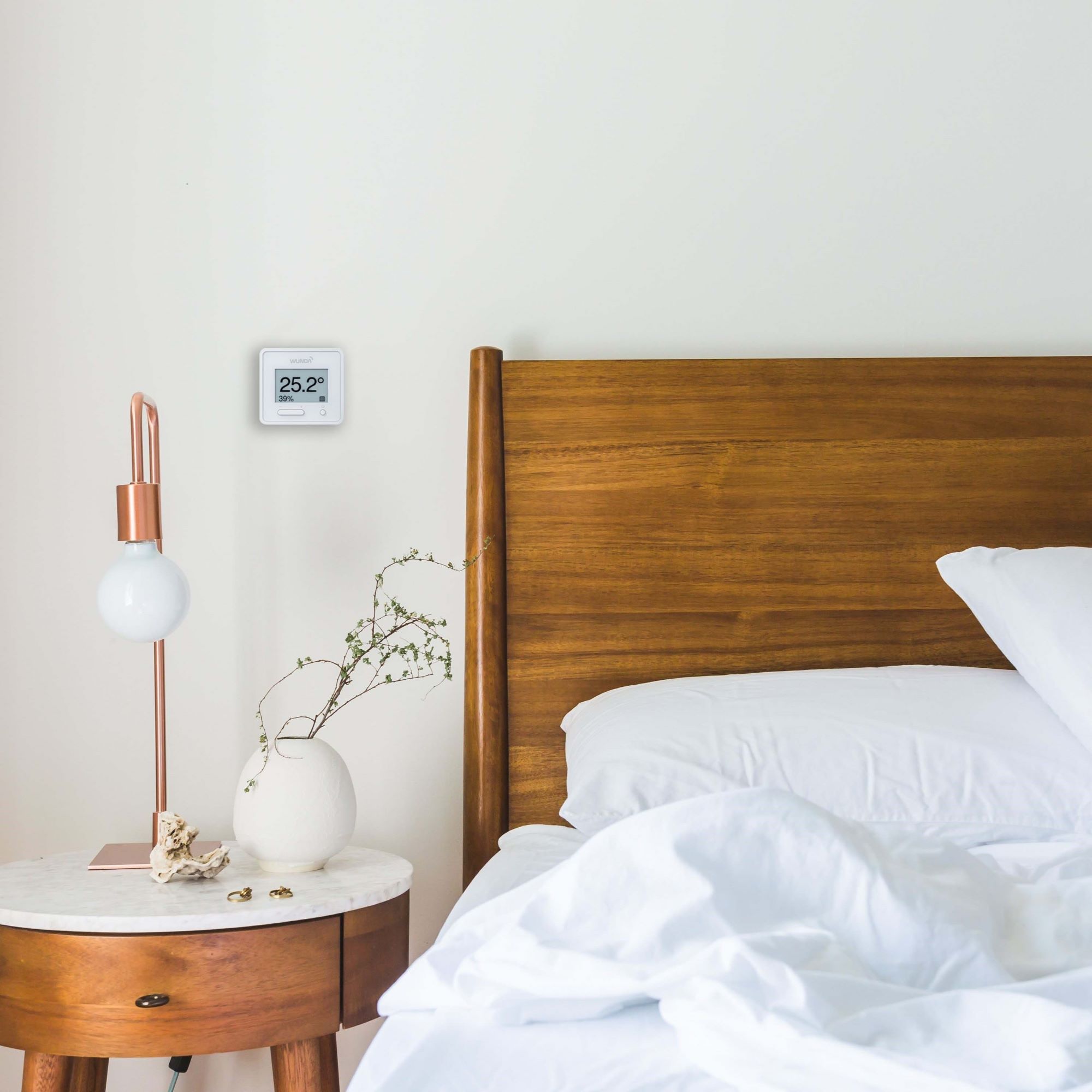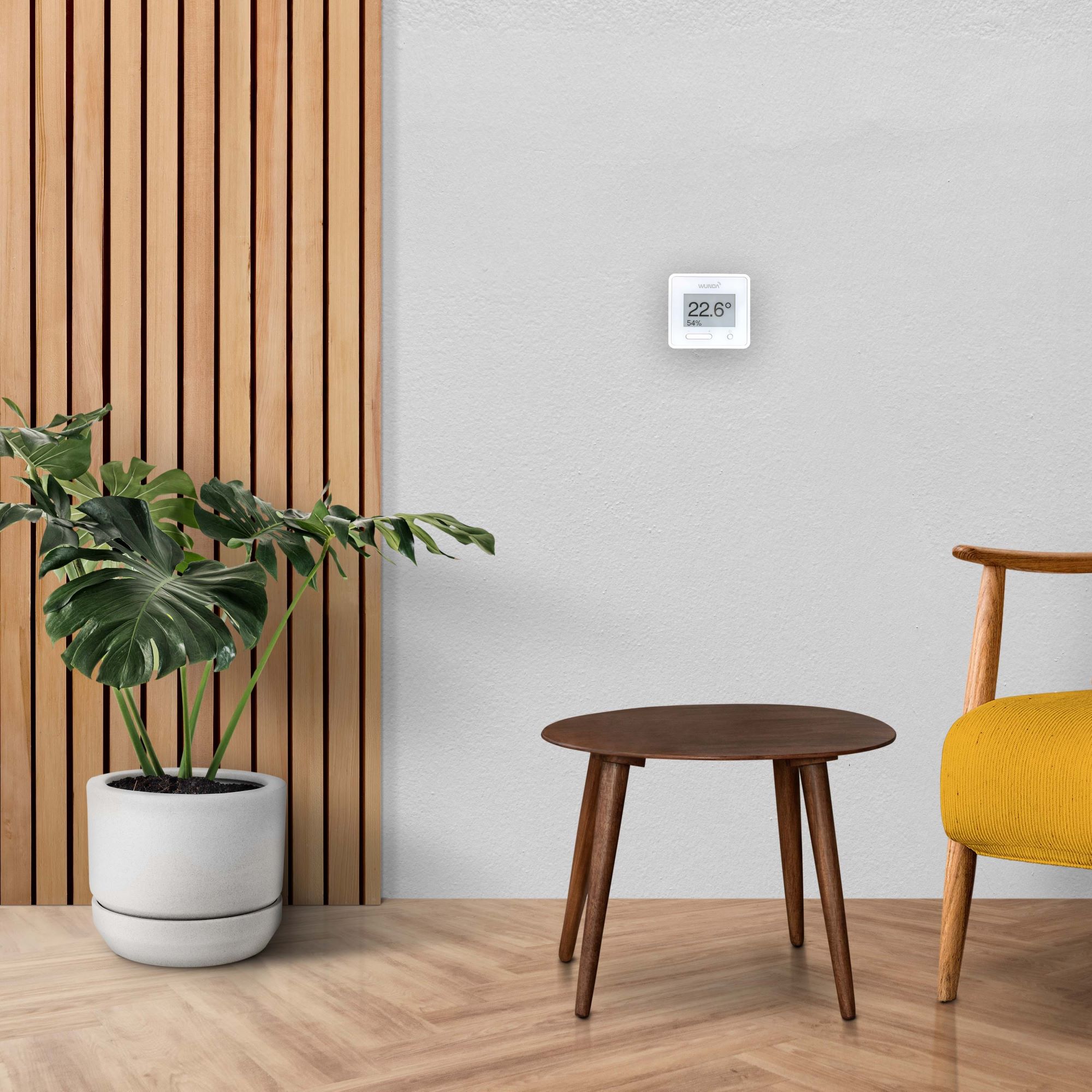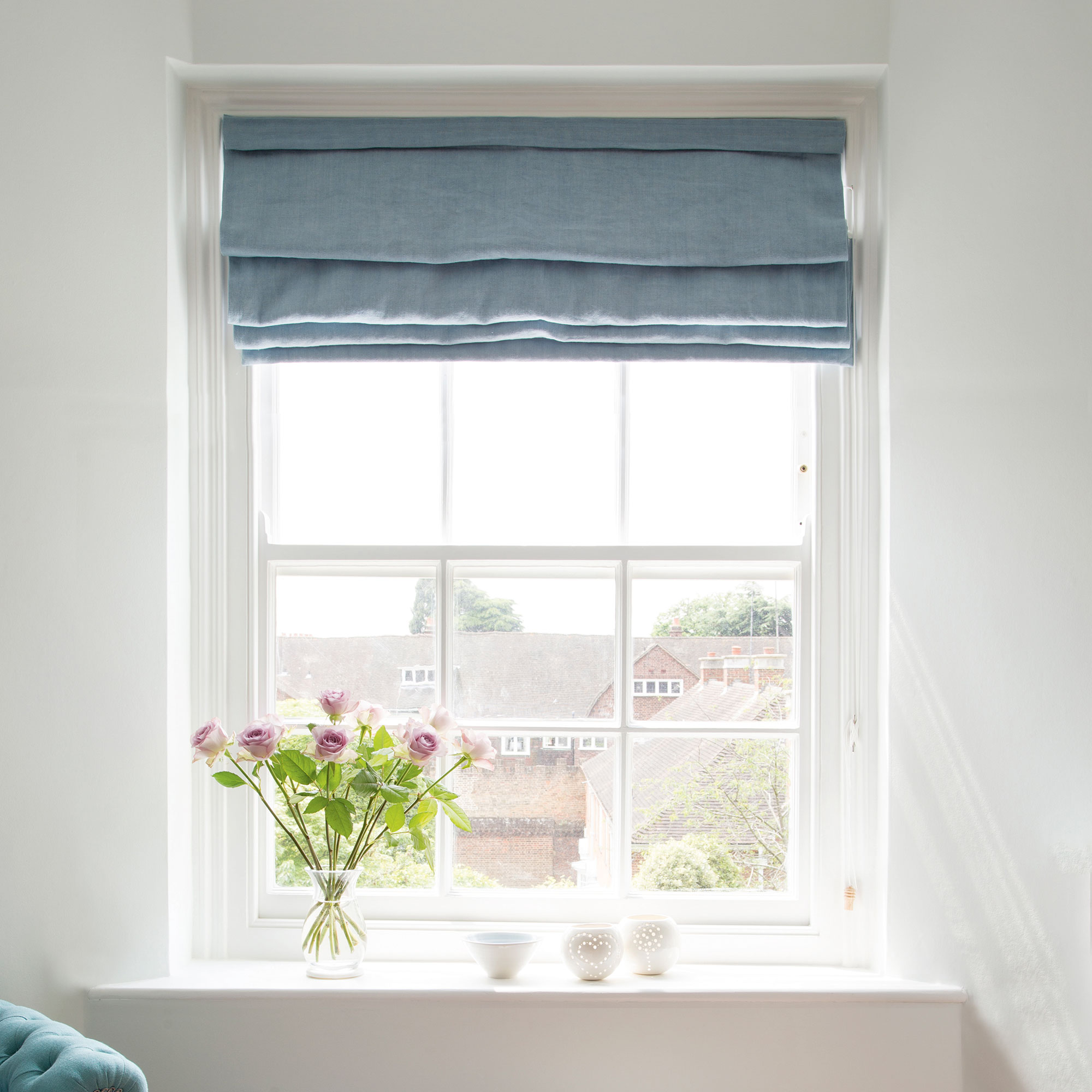5 ways to warm up a room that's always cold without cranking up the heating
Struggling to stop a room feeling cold, no matter how hard you try? Here's how to turn your room from chilly to snuggly


The cold months are here, which means many of us are turning the heating up in an attempt to make our homes feel a little warmer. But no matter how hard we try, some rooms just seem to feel cold - all the time. If this sounds familiar, you're probably anxious to know how to heat up a room that always feels cold.
Keeping your house warm in winter already feels like a struggle, and when there's one room that's significantly colder than the rest of the house, it's tempting to simply avoid it altogether. While this is fine if it's a spare room you don't spend much time in, if it's a family room or bedroom it's another story altogether.
It's not as complicated as you might think. A few simple adjustments can make the world of difference in a cold room, and you'll also save energy going forward too.

How do you heat up a room that's always cold?
'When our home feels cold, we usually resort to turning the heating up or finding our trusty portable heater to help keep us toasty,' says Rachael Munby from Anglian Home Improvements. 'However, there are a few effective ways you can warm up your home for winter without switching the heating on.'
Reaching to turn the heating up when a room feels chilly is almost automatic, but in a cold room, there are a few things the experts recommend you do first. Here are the top tips on how to heat up a room that always feels cold.

Tom has been the General Manager at British Heating Brand and underfloor heating/smart heating specialists, Wunda Group for over fifteen years, overseeing product development for the brand and becoming an expert on the heating industry in the UK in the process.
Why does your room always feel cold?
If there's a certain room in your home that always feels cold, it's likely due to draughts coming in from outside. You'll be fighting a losing battle trying to heat the room up without identifying the source of the draughts first.
Have a walk around the room and try to get a sense of where it feels the coldest. If there's a distinct draught in one area, this will likely be the root cause of the problem. Check for gaps in doors, windows, and skirting boards that might let cold air in or warm air out.
Sign up to our newsletter for style inspiration, real homes, project and garden advice and shopping know-how

1. Draught-proof with foam strips
Given that the source of a cold room is draughts coming in from outside, the most effective way of heating it is through draught-proofing. You can learn how to draught-proof a window - or any other gaps in the room - easily enough, and thankfully, it's not a job you need to call a professional in for.
'Once you have spent a bit of time checking where there’s cooler air seeping through, seal the gaps with putty, sealant, or self-adhesive foam strips,' Rachael from Anglian Home Improvements advises.

2. Block cold air with a magnet
'Another area people might not realize they are losing heat is through their keyholes and letterboxes,' adds Tom Edmunds, Heating Expert and General Manager, Wunda Group. 'Using a fridge magnet over a keyhole is a simple trick to keep drafts from entering.'

3. Invest in a chimney draught excluder
It's well worth knowing how to stop draughts from a chimney and fireplace if the room has one of these too. This can be a big problem when trying to heat up a room that's always cold, simply because of the amount of heat they let out. Fortunately, fitting a chimney draught excluder is both cost-effective and energy-saving.
'Consider insulating your loft hatch as well,' Tom says. 'It's actually straightforward and only requires standard loft insulation, a dedicated loft hatch insulator cushion, or a simple draft excluder around the hatch opening, most of which are available at your local DIY store.'
10 inch Round Chimney Draught Excluder, £23.50 at Amazon
For a quick fix, insert this draught excluder into your chimney and your room will immediately start to feel warmer. It's effective at reducing draughts and preventing heat from escaping. It also helps blocks wind noise, which is a bonus.
4. Add a hinged flap to doors
While it's well worth covering small gaps like keyholes and letterboxes when learning how to heat up a room that's always cold, this isn't going to solve the problem if you're losing heat via windows and doors. 'What many might not know is that homes lose 10-20% of their heat through windows and external doors,' Tom explains.
There are many ways to stop draughts from doors, like installing a hinged flap or adding draught strips.

5. Consider upgrading window glazing
For windows, the experts recommend upgrading to energy-efficient glazing, if you haven't already.
'Consider switching to double or triple-glazed ones, as they work by creating an insulating space between the panes of glass on the inside and outside of the window resulting in better heat retention in the home,' says Rachael from Anglian Home Improvements.
Now you know how to heat up a room that's always cold, you can start to feel warm and toasty throughout your house - no matter how cold it gets outside!

Katie has been writing freelance since early 2022, specialising in all things homes and gardens, following achieving a Masters in Media and Journalism. She started out writing e-commerce content for several of Future’s interior titles, including Real Homes, Gardeningetc, Livingetc, and Homes and Gardens. Since then she’s been a regular contributor on Ideal Home’s digital team, covering news topics, how-to guides, and product reviews.
